What exactly is kombucha, and what key ingredients are created in the beverage during fermentation? All the health benefits of the refreshing kombucha beverage at a glance. How exactly does fermentation work with starter liquid in a fermentation vessel? It's that easy to start brewing right at home with guaranteed success and our recipes .

What is kombucha?
Kombucha is a fermented beverage produced using a tea fungus. The tea fungus consists of various microorganisms, bacteria, and yeast cultures. It transforms tea and sugar into a healthy refreshing drink. During the fermentation process, bacterial cultures and yeast metabolize the sweetened tea into valuable vitamins, organic acids, right-handed lactic acid bacteria, and enzymes, among other substances. This creates the unmistakable sweet and sour taste and sparkling natural carbonation. This fermented beverage has a long tradition. Hundreds of years ago, kombucha was prized in Asia and Eastern Europe for its beneficial effects as an elixir of life and a source of health .
The ingredients in Kombucha
The word fermentation is derived from the Latin word "fermentation". Simply put, it is a process in which biological material is converted by microorganisms and their enzymes. During the production of kombucha, a wide variety of ingredients can be created with the help of a tea fungus/scoby (kombucha culture). These ingredients can vary in quantity and composition, just as every tea fungus is slightly different. The sweetened tea serves solely as a source of nutrients for the complex kombucha culture and its microorganisms. At the end of the process, only a small amount of sugar remains. At 3 g per 100 ml, we use around 40% less sugar than other kombucha producers. Gluconic acid, which is responsible for the typical sour kombucha taste, is also produced during this process. Gluconic acid is broken down in the large intestine, for example, into butyrate. Butyrate, in turn, is said to counteract the development of colon cancer.

The most important facts about the kombucha SCOBY
All ingredients at a glance
| Bacteria and yeast strains | Acetobacter xylinum, Acetobacter oxydans, Gluconobacter oxydans, Gluconobacter xylinus, Saccharomyces apiculatus, Saccharomyces cerevisiae (baker's yeast), Saccharomyces ludwigii, Schizosaccharomyces pombe |
| Vitamins | Vitamin B1, B2, B3, B6, B12, vitamin C, vitamin D, vitamin E, vitamin K, folic acid |
| Organic acids | Malic acid, succinic acid, acetic acid, folic acid, glucuronic acid, gluconic acid, malonic acid, lactic acid, dextrorotatory (L+) lactic acid, oxalic acid, usnic acid, citric acid |
| Trace elements and minerals | Iron, magnesium, sodium, potassium, calcium, cobalt, zinc |
| Secondary plant substances | Flavones, isoflavonoids, polyphenols |
| Enzymes, amino acids and tannins | including 14 different amino acids |
These nutrients are naturally only found in unpasteurized and unfiltered kombucha . Therefore, always look for the wording " raw" in the supermarket. Some kombucha producers heat their drinks, thereby killing all the important ingredients. You can identify these by the fact that they don't require refrigeration.

The effect: How healthy is kombucha?
If you take a closer look at your diet, sometimes only small adjustments can help you reduce nutrient or vitamin deficiencies. Fermented drinks can also be a great way to do this for you. Just like tea, they are a wonderful gift from nature. Like water kefir, kombucha is a traditionally consumed superfood . The live kombucha cultures can support digestion and a healthy intestinal flora. Organic acids and lactic acid bacteria can help maintain a balanced acid balance in the intestines. You can find out more about the other positive properties of the fermented kombucha drink and other important information about the effects of the fermented drink here.
Positive effects of kombucha
Our kombucha can help support your gut. The various cultures present in kombucha can increase the number of good bacteria in the gut. A large part of our immune system lies in the microbiome. An active and healthy gut therefore also represents a strong immune system. Furthermore, various valuable vitamins, organic acids, and trace elements can be produced during fermentation. Regular consumption can improve your general well-being and replenish your energy reserves. Our Raw Mate variety, for example, also keeps you gently awake thanks to caffeine.
How exactly does kombucha work?
People have been fermenting foods (e.g., kefir, kimchi, sauerkraut) since time immemorial. The lactic acid bacteria they contain, in particular, support digestion and strengthen the intestines. The effect of the cultures and bacteria can be highly individual and yet diverse, just as a scoby can vary in appearance. The type of tea used, the room temperature, the water quality, the fermentation time, the starter liquid, and the amount of sugar all influence the "fungus" during the production of kombucha. The tea fungus is also affectionately called scoby. Scoby stands for Symbiotic Culture of Bacteria and Yeast, a culture of different bacteria and yeasts. These live in a community and, together, manage to produce organic acids and other important ingredients.
Are there any unwanted side effects?
Just as every unpasteurized kombucha is slightly different, every person reacts differently to the kombucha drink. There are generally no known risks associated with drinking it. We recommend starting with one bottle per day and then gently listening to your body. This way, you'll quickly notice what amount is beneficial for you each day. Pregnant women and small children should, however, avoid our favorite beverage. A minimal amount of alcohol is produced during fermentation, similar to orange juice. Furthermore, people with histamine intolerance should avoid fermented foods altogether.
Who is Kombucha suitable for?
This tea drink is suitable for anyone who wants to incorporate a healthy beverage into their daily routine. People with intestinal problems and a weak immune system, in particular, can support their bodies with a daily dose of this refreshing drink and beneficial lactic acid bacteria. A healthy gut also supports the body's natural defenses to a large extent. The fermented tea drink is also ideal for vegans who want to further replenish their nutrient stores. As mentioned above, small children, pregnant women, and people with histamine intolerance should avoid it.
How to Kombucha – how to brew your own tea!
With a little patience, you can easily brew your new favorite beverage at home with your own miracle fungus using four simple household remedies and our Raw Original. All you need is black tea, cane sugar, water, and acidic, unpasteurized kombucha. A large glass jar and something to cover it, and the magic can begin. Can't wait to grow your own SCOBY? Here you'll find kombucha recipes as well as important tips and tricks for making it in a fermentation vessel at home! Grow your own miracle fungus!
FAQs
Why is kombucha healthy?
Our bottlings have up to 50% less sugar than conventional soft drinks . Thanks to traditional fermentation without pasteurization using the miracle fungus, each bottle contains live bacteria and yeast cultures. A variety of other ingredients are also created during fermentation. Fermented foods, such as kombucha and water kefir, have been proven to support gut health.
When should you drink kombucha?
First of all, it quenches thirst very well in any situation, especially after exercise. Furthermore, this refreshing tea drink can aid digestion after a heavy and fatty meal. It offers a healthy coffee substitute with a low sugar content. It's also perfect as a healthy alcohol alternative for mixing with other juices or ingredients.
Who is Kombucha for?
For anyone who cares about a healthy diet and is looking for a refreshing, soothing alternative to soda. Those who want to support their body with important nutrients through fluids. People with intestinal problems can support their gut with fermented drinks. For vegans, athletes, and even Paleo followers. Anyone who doesn't want industrial, overly sugary mass products and is looking for a drink with comparatively low sugar content.
Kombucha from the supermarket vs. making it yourself – which is better?
With a little space and patience, this tea beverage can be made in small batches at home. However, as a fermentation novice, unsatisfying flavors may arise during your first attempts. The fermentation conditions are often not as hygienic and professional as those in a proper factory. We ferment according to millennia-old tradition, without unnecessary pasteurization or filtering. This preserves the many important ingredients. However, there are also producers whose bottles are almost lifeless. These products do not require refrigeration.
Is kombucha alkaline or acidic?
Similar to sour fruits, kombucha is metabolized by our bodies in an alkaline manner. The sour taste is somewhat misleading. Kombucha can therefore positively influence our acid balance. Most people tend to be overly acidic.
How much sugar is in kombucha?
This actually varies depending on the production method and the type of batch. Many kombucha producers use significantly more sugar than we do. They prefer a sweet, lemonade-like flavor. We use as much sugar as necessary and as little as possible. Because too much sugar isn't really healthy in the end. Currently, the recommended limit is 3g per 100ml. The sour note is a bit more dominant, but still super refreshing. The growth of the kombucha fungus isn't affected, though, because the fermentation time in the fermentation vessel is simply a little longer.
How many calories does kombucha have?
The calories vary depending on the ingredients and the production method of the kombucha. In our bottled kombucha, the calorie content is comparatively low at 12 kcal per 100 ml. The more sugar, the more calories at the end of the fermentation process. Juices with higher sugar content added afterward can also increase the calorie count.
What is a SCOBY?
The tea fungus, yeast fungus, or kombucha fungus is also called a SCOBY. It stands for Symbiotic Culture of Bacteria and Yeast. So, not actually a fungus at all, but rather a culture of various bacteria and yeasts. These live in a community and, together, manage to produce organic acids and other important ingredients. The SCOBY is also known as a miracle fungus or simply a fungus, or kombucha fungus. It is usually stored at room temperature in a fermentation vessel with starter liquid and activated as needed to produce the kombucha beverage.
Which tea should I use for the first approach with my miracle SCOBY?
When making your own kombucha drink at home, you should use black or green tea. The tea should be free of artificial flavors and preferably organic. Otherwise, there's no guarantee of success for your kombucha brew. This is the best way for the fungus (kombucha fungus, SCOBY, or miracle fungus) to thrive.
How much alcohol is in kombucha? What is the alcohol content of kombucha?
First, it's important to understand that the length and type of fermentation also influence the alcohol content of kombucha. It can contain up to 3% alcohol. It's usually actually less. After 14 days of fermentation, the alcohol content is approximately 0.5 to 1 percent. Similar to orange juice. Kombucha that hasn't been pasteurized and continues to ferment can therefore vary in alcohol content. According to German food law, a beverage with a maximum of 0.5% alcohol can be described as "alcohol-free."
Kombucha or kefir, which is healthier?
Water kefir and milk kefir have a shorter fermentation time in the fermentation vessel than kombucha beverages. The kefir grain used is a kind of clump of lactic acid bacteria and yeast. Therefore, milk kefir and water kefir have a significantly higher residual sugar content. The fermentation time of water kefir is on average only 1-2 days at room temperature. This naturally makes the beverage more likely to succeed when brewed at home. However, this ultimately makes kefir less attractive than kombucha, despite its live yeast cultures. Kefir, on the other hand, has a lower caffeine content due to the lack of tea (black tea).
Should you use sugar with a lot of molasses or a little molasses?
The molasses content in natural sugars, such as raw cane sugar, brown sugar, and whole cane sugar, is higher than in white refined industrial sugar. Molasses contains valuable minerals and trace elements. These ensure that the tea fungus can grow significantly faster. A high molasses content in the sugar can therefore help ferment faster and more effectively, increasing the likelihood of success in your kombucha.
What basics do I need to make my own kombucha?
- starter culture
- Kombucha Scoby
- Tea/Teas
- Cotton cloth as a cover
- Locking clamp (rubber/band)
- Filtered water
- Sugar
- Glass fermentation vessel

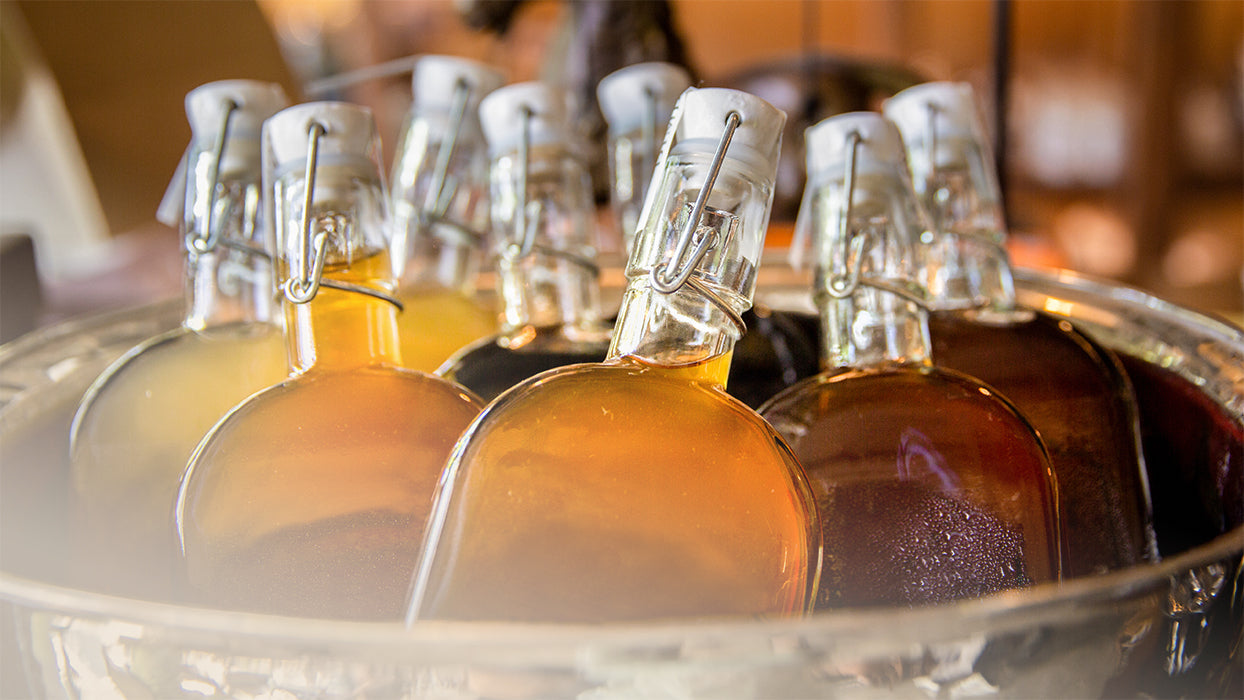
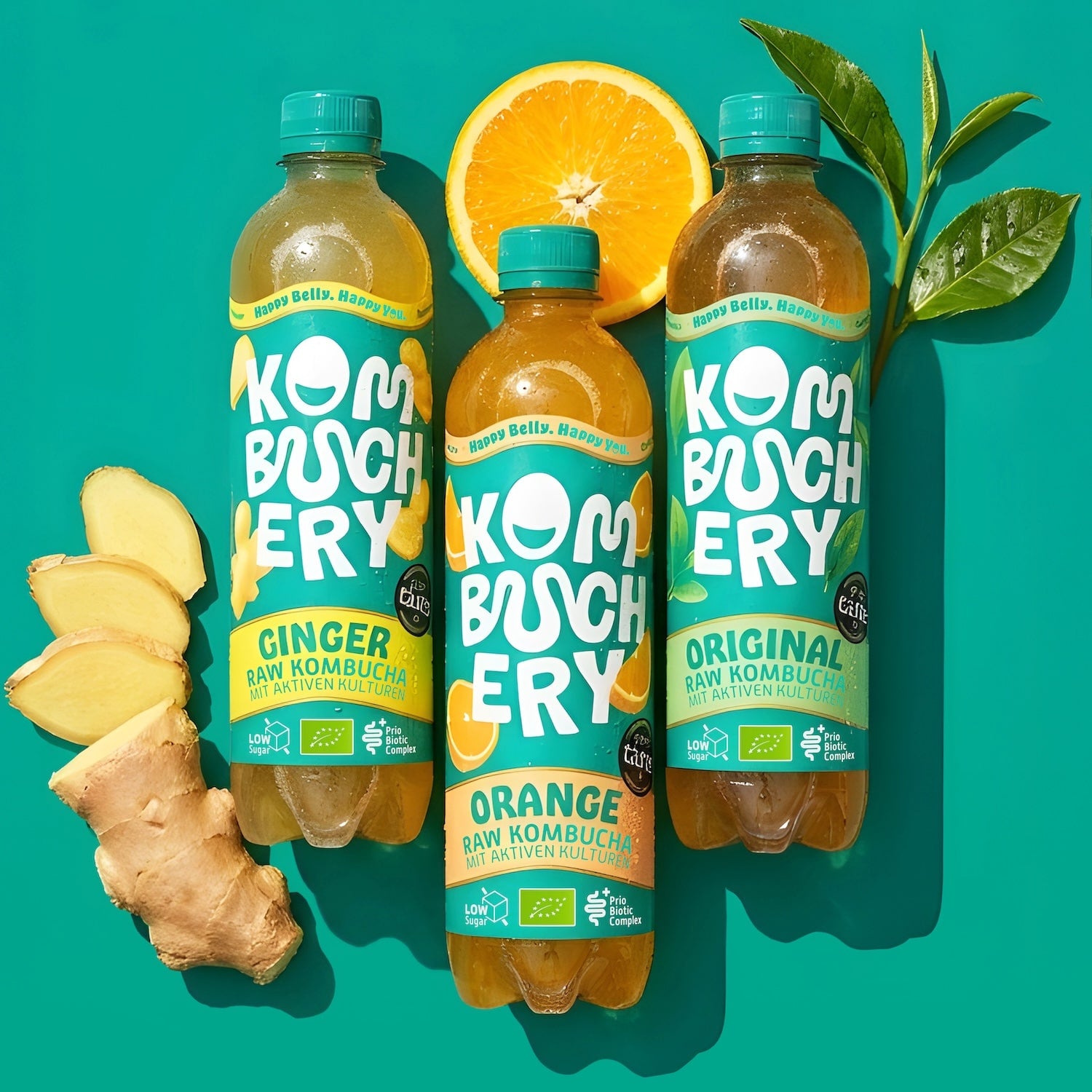
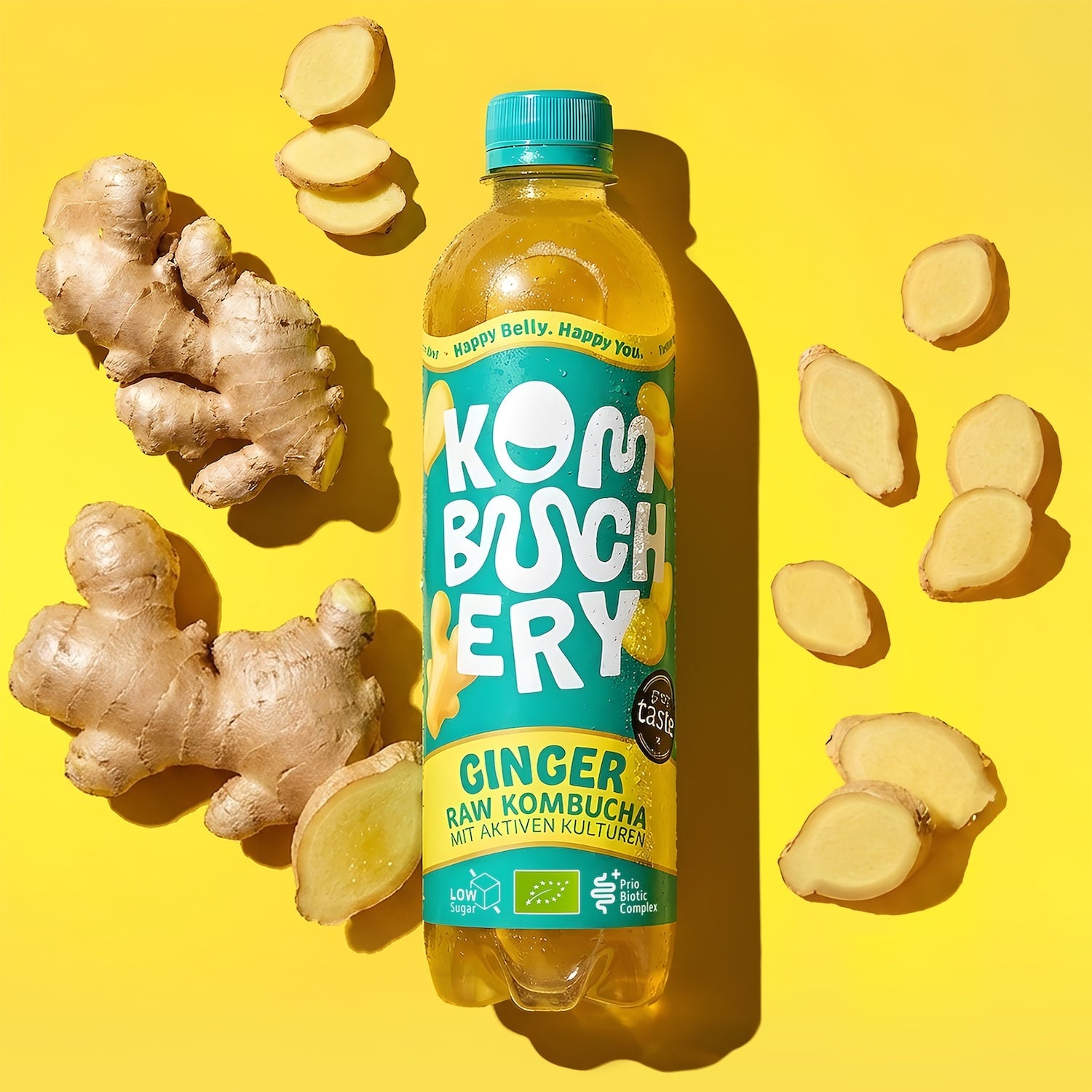
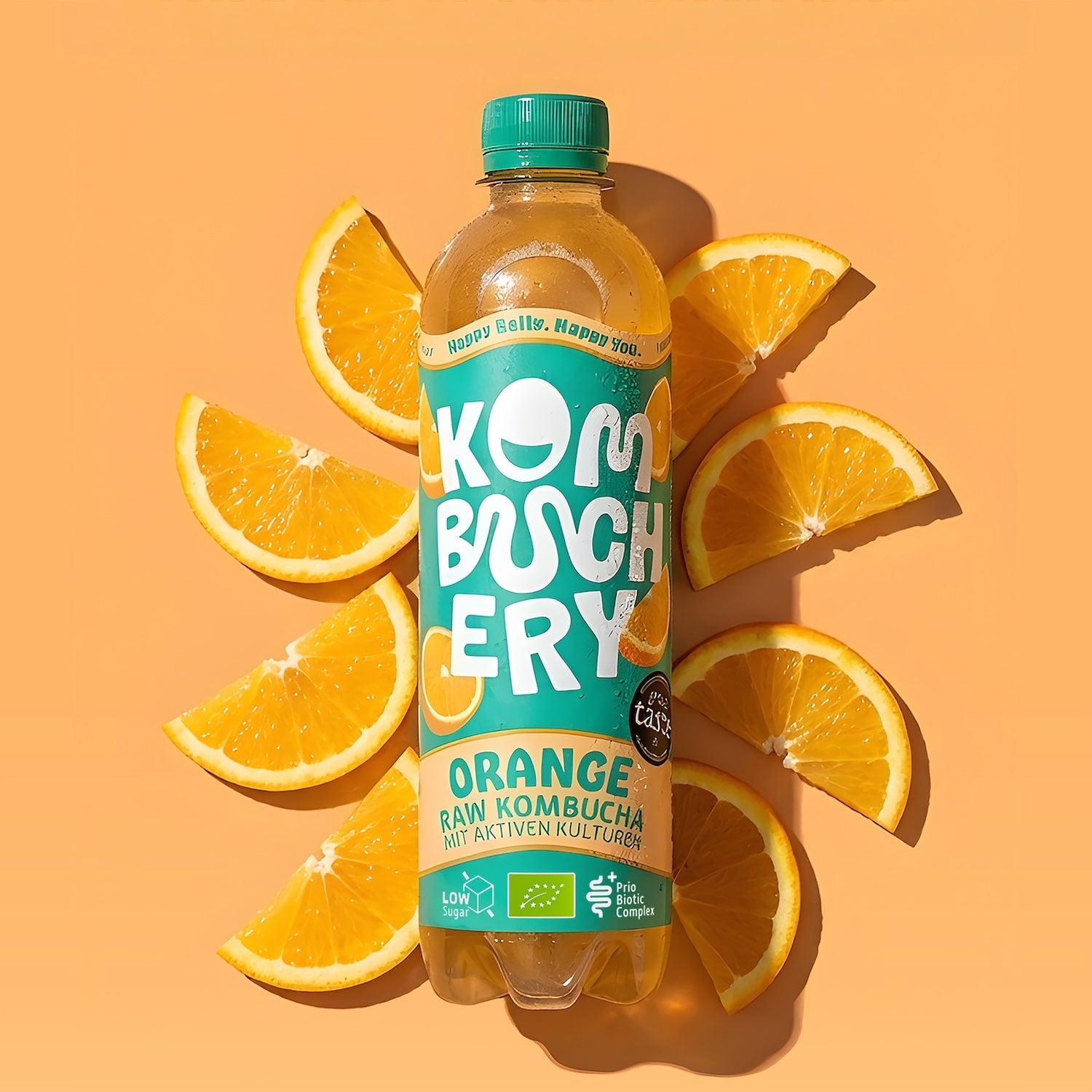
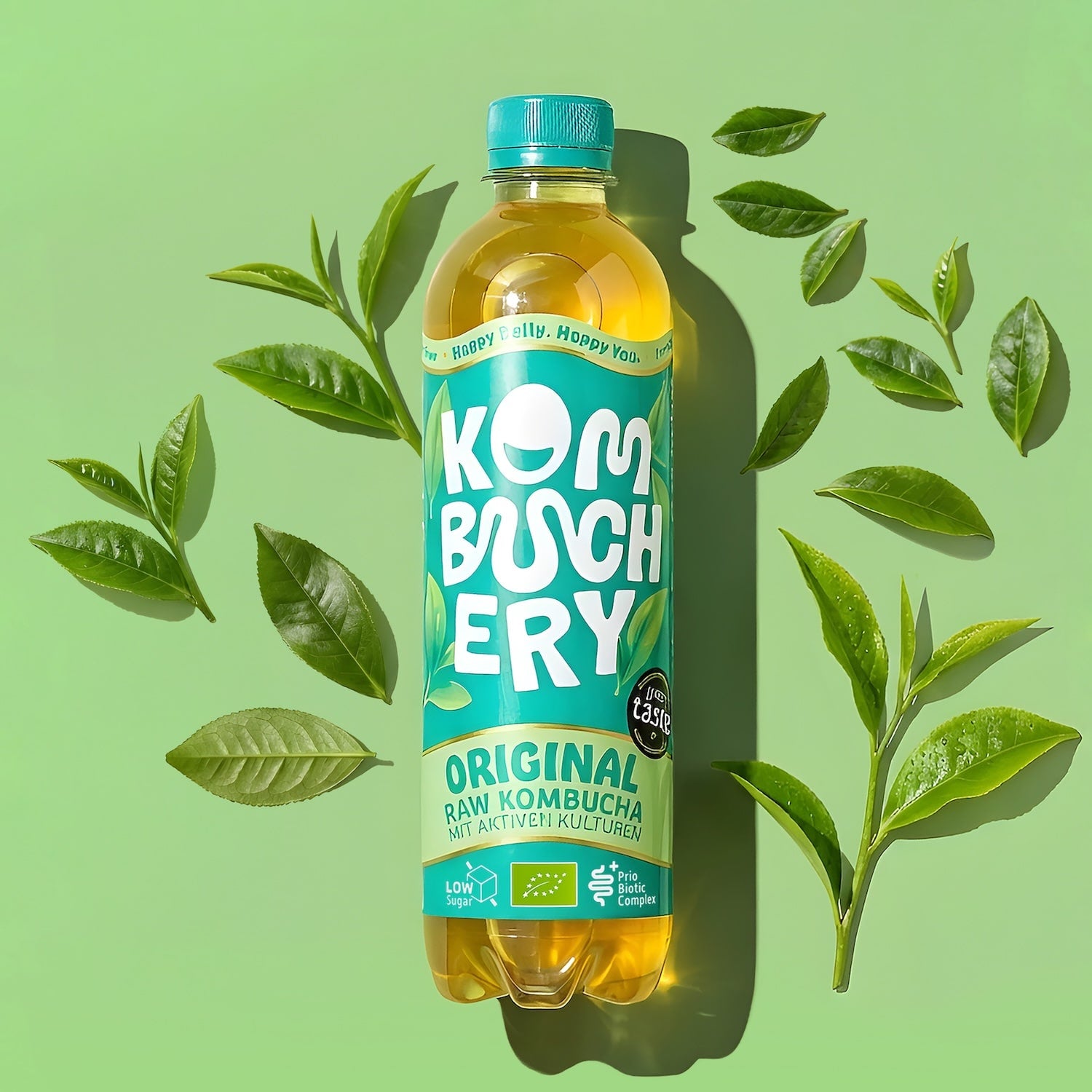
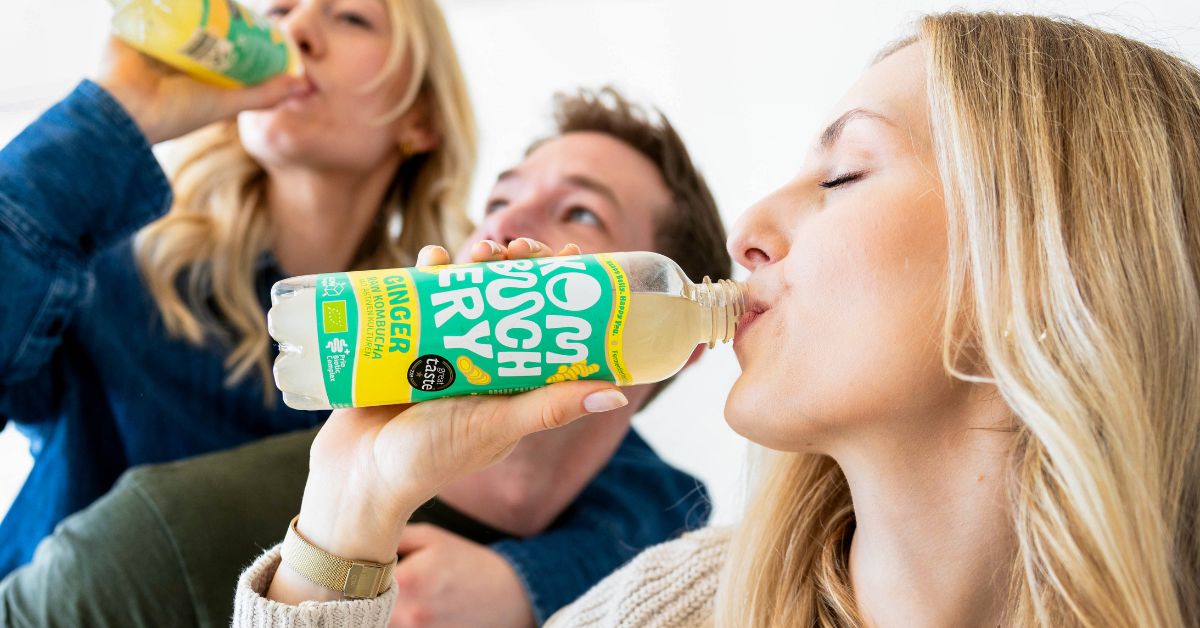
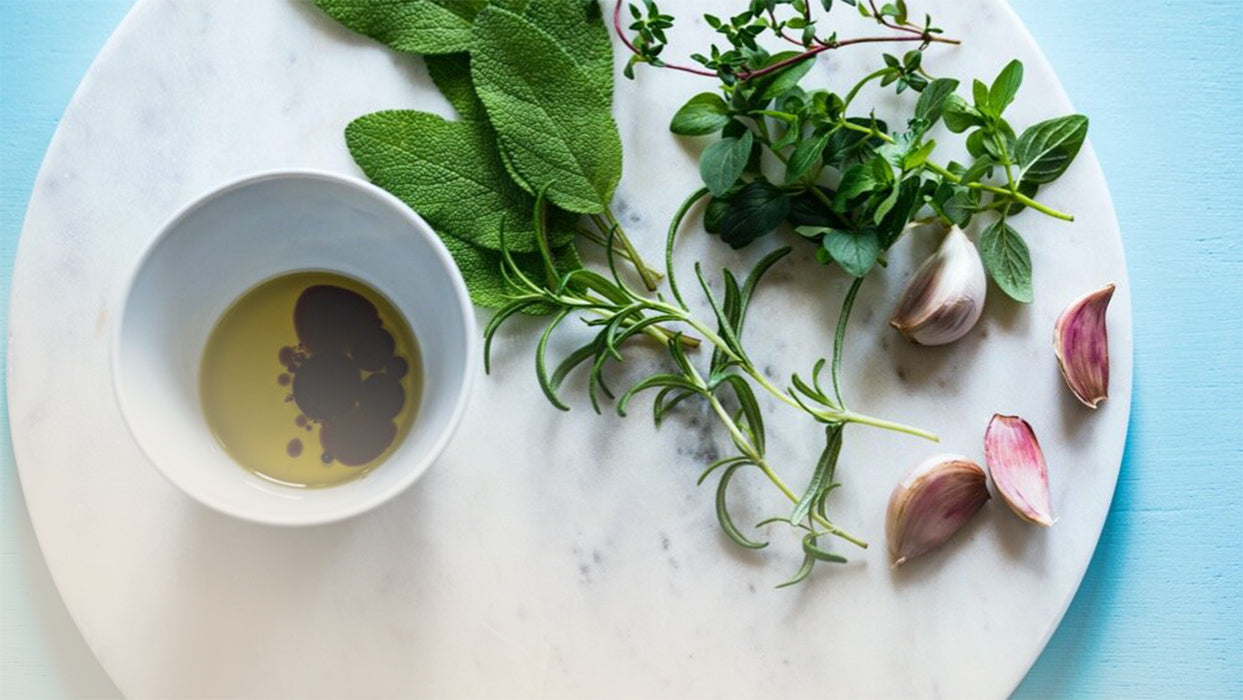

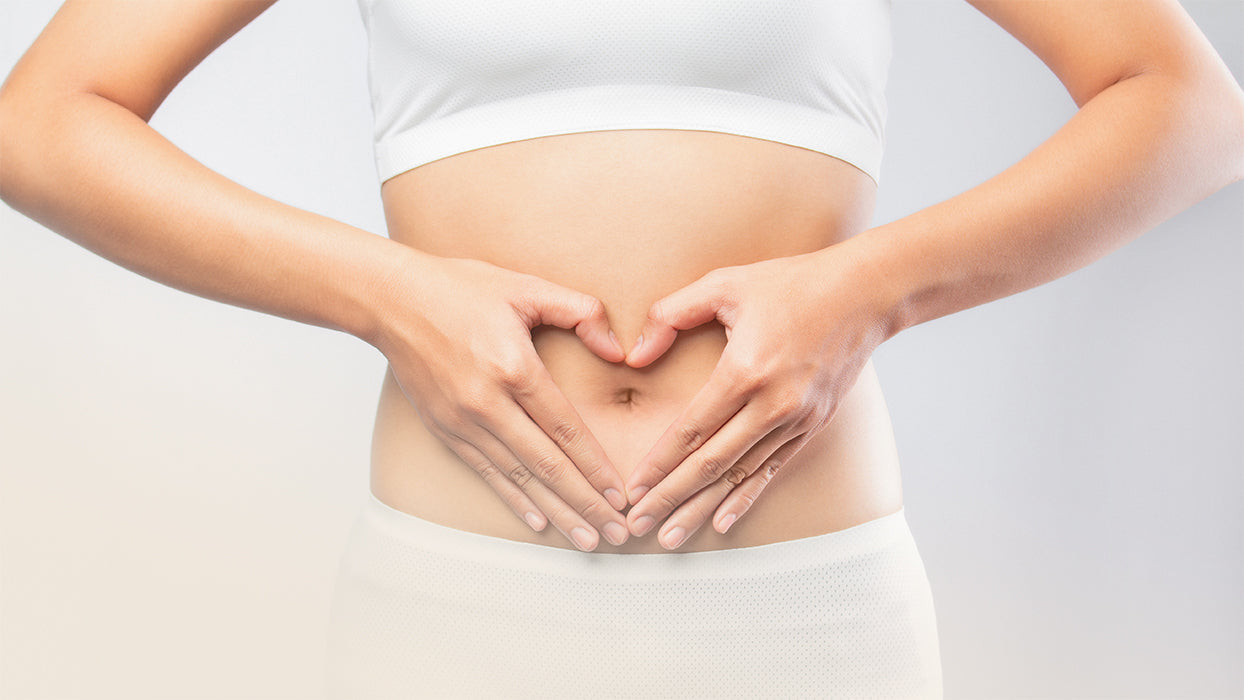

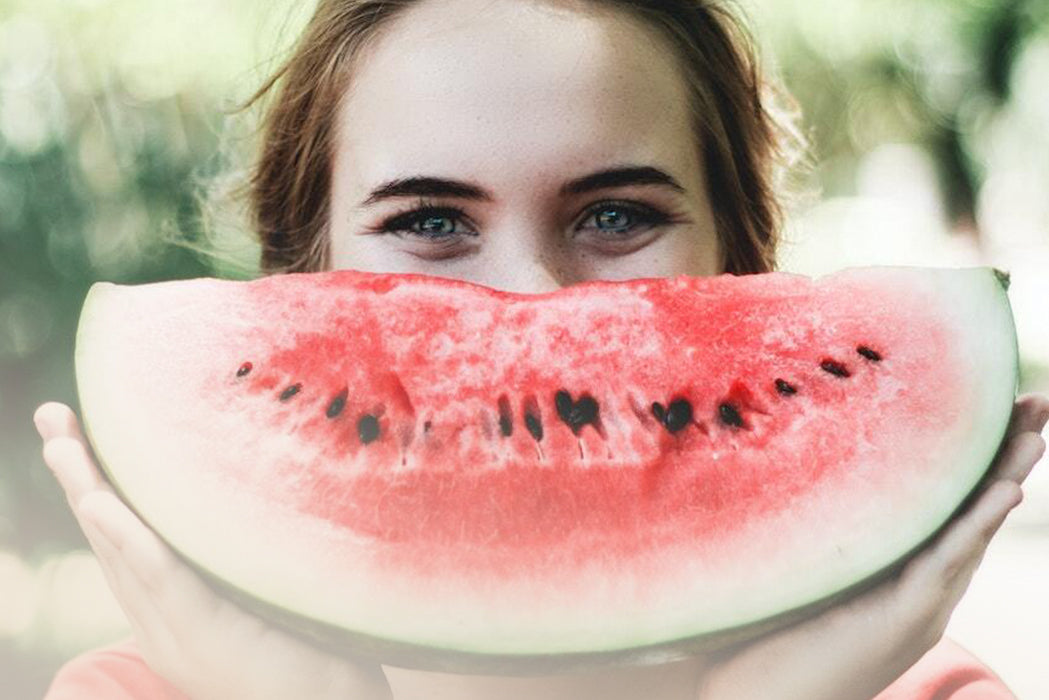
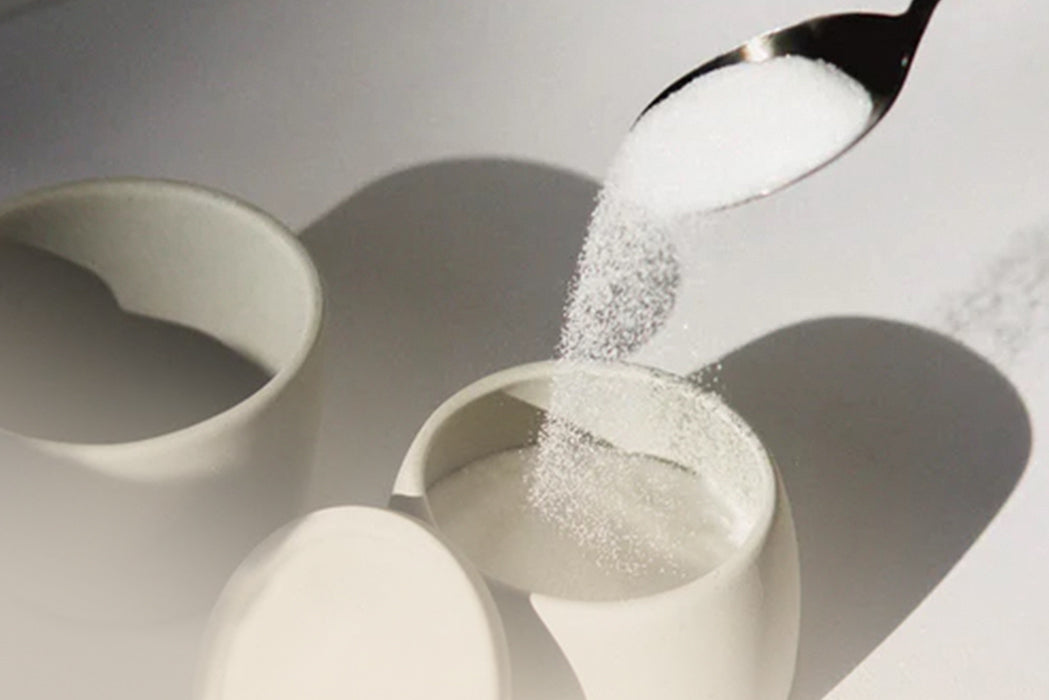
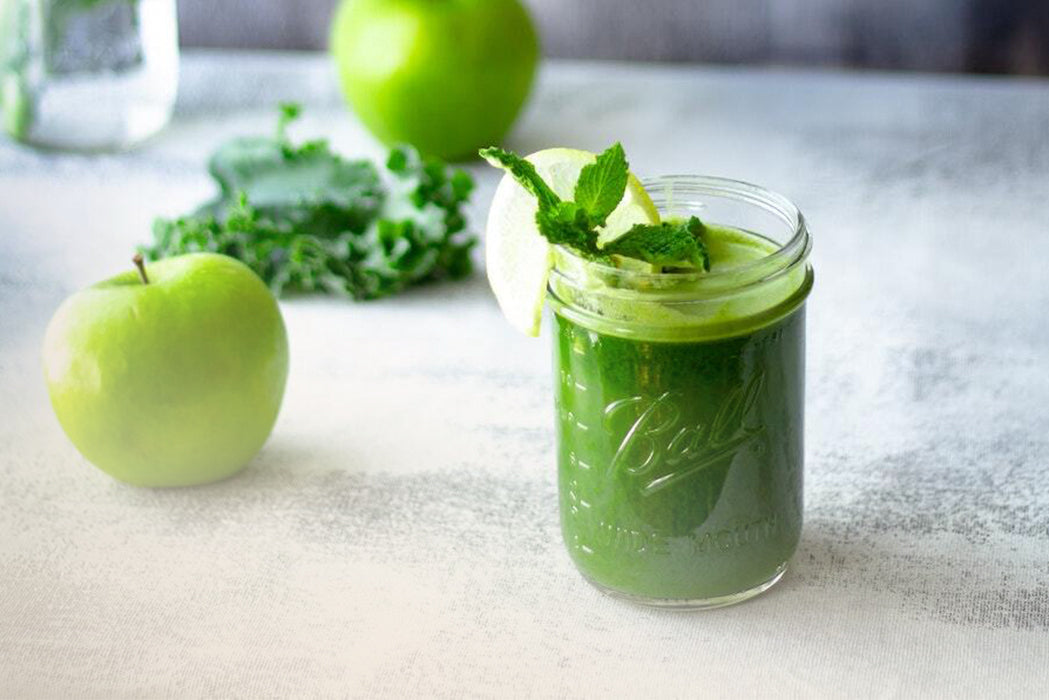
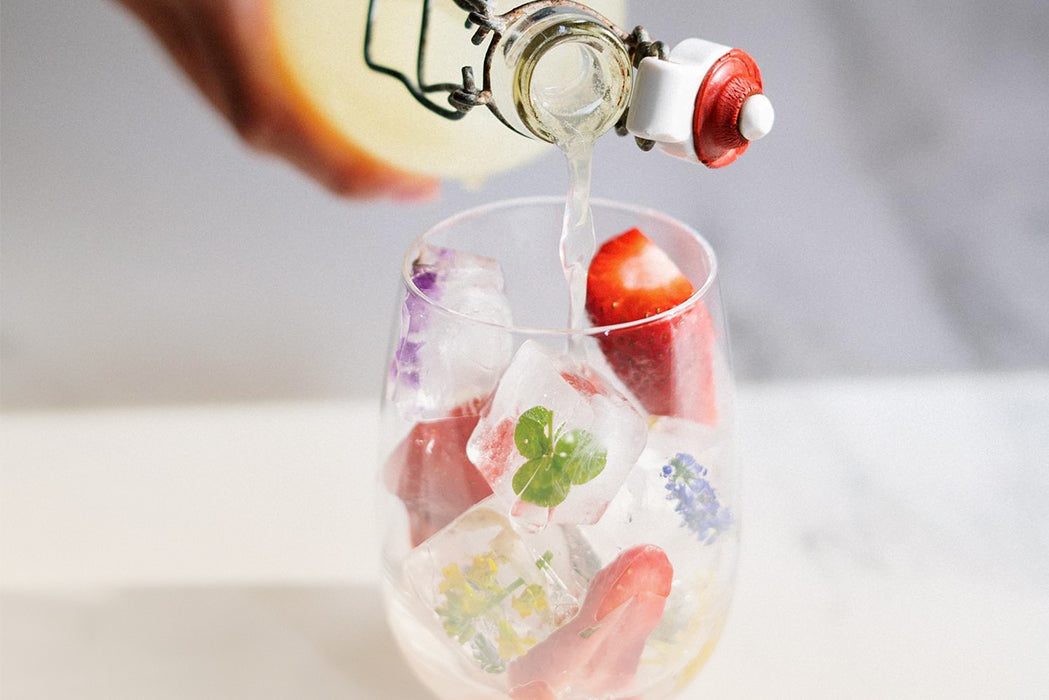
Split: